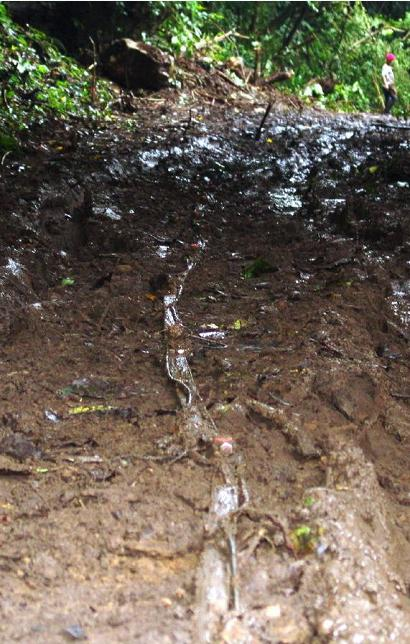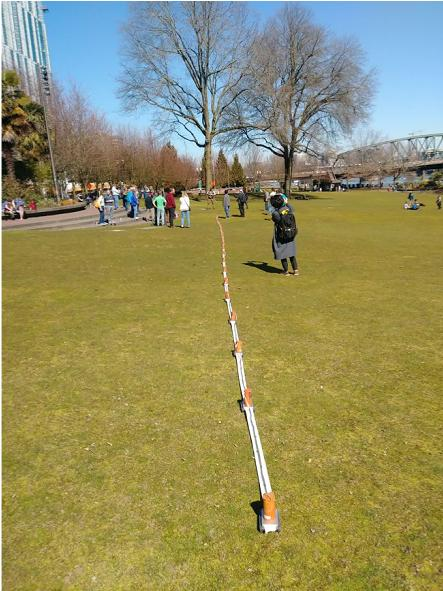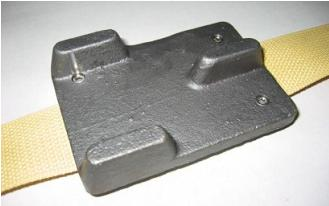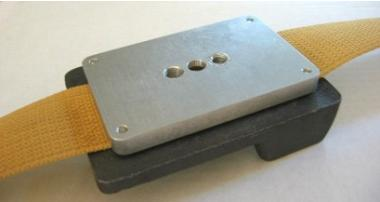
A land streamer is an array of geophones designed to be towed along the ground. The name originates from marine streamers: arrays of hydrophones towed behind boats for marine seismic surveys. Land geophysicists have long envied the high productivity achieved in marine surveys. Now it appears that highly-productive reflection, refraction, and surface-wave surveys can be achieved on land.
Early Land streamers were developed by individuals using a variety of innovative towing mechanisms. Case histories can be found on the Internet by searching for "land streamer", including papers comparing data quality and productivity between towed array and conventional surveys. As a general rule, geophones planted in the ground set the standard for data quality, but land streamers record excellent data in many applications while making the survey economically feasible. A "good" affordable survey often will be a better choice than a "great" survey that can't be done due to its cost.
Geostuff has introduced a commercial land-streamer system which we believe will provide better data, be less expensive, more reliable, and easier to use than individually constructed units. To satisfy the needs of individual applications and users, systems are available with just the hardware, or with a wide variety of geophones in single or multi-component.
The basic LS-1 system consists of a base plate, tow webbing, top plate and wing. It is designed to be used with your existing geophones and cables to quickly convert them to a low-cost land streamer.
The base plate is cast of hard steel, it is highly abrasion resistant for long use. The tripod support provides stability, even if the ground surface has loose material, so the sensor will respond properly to ground vibrations. The legs plow into soft ground for better coupling.
The 5-cm wide webbing is reinforced with Kevlar® for tensile strength and non-stretch properties. Loops are woven in the top surface at short intervals so that the geophone cables can be secured to with nylon cable ties, thus protecting the cables from dragging on the ground. The Kevlar® strap is firmly clamped between the top and bottom plates without perforating or damaging the webbing. This maintains the 2200 Kg tensile strength of the webbing and also allows the placement (and re-placement) of the geophones at any interval.
For extended use or operation in brushy areas, we recommend use of Kooter connectors (pictured on right) on the spread cable and geophones
The top plate is drilled and tapped for standard 5/16 and 3/8-inch male-threaded geophone cases from Sensor, Mark Products, Geospace and others. Or, a 3/8-inch flat head screw can be inserted for female-studded geophone cases, such as the 3-component Geospace GS-3C.
When used with longer group intervals on rough ground, stations can tip over. In that case, just install the Anti-rotation wing (pictured) provided with the system.
The special Kevlar reinforced webbing doesn't stretch so the streamer settles quickly after moving. Woven loops can be used to keep the geophone cables from scraping on the ground or nearby objects.
The Landstreamer integrates well with the AnySeis
Spacing between sensors is easily adjusted to fit the needs of the survey. You can even use non-linear spacing to improve the bandwidth.
Works in difficult situations as in this survey in Panama
Photo taken at the Park Seismic workshop on MASW surveys at the 2019 SAGEEP meeting in Portland Oregon.








